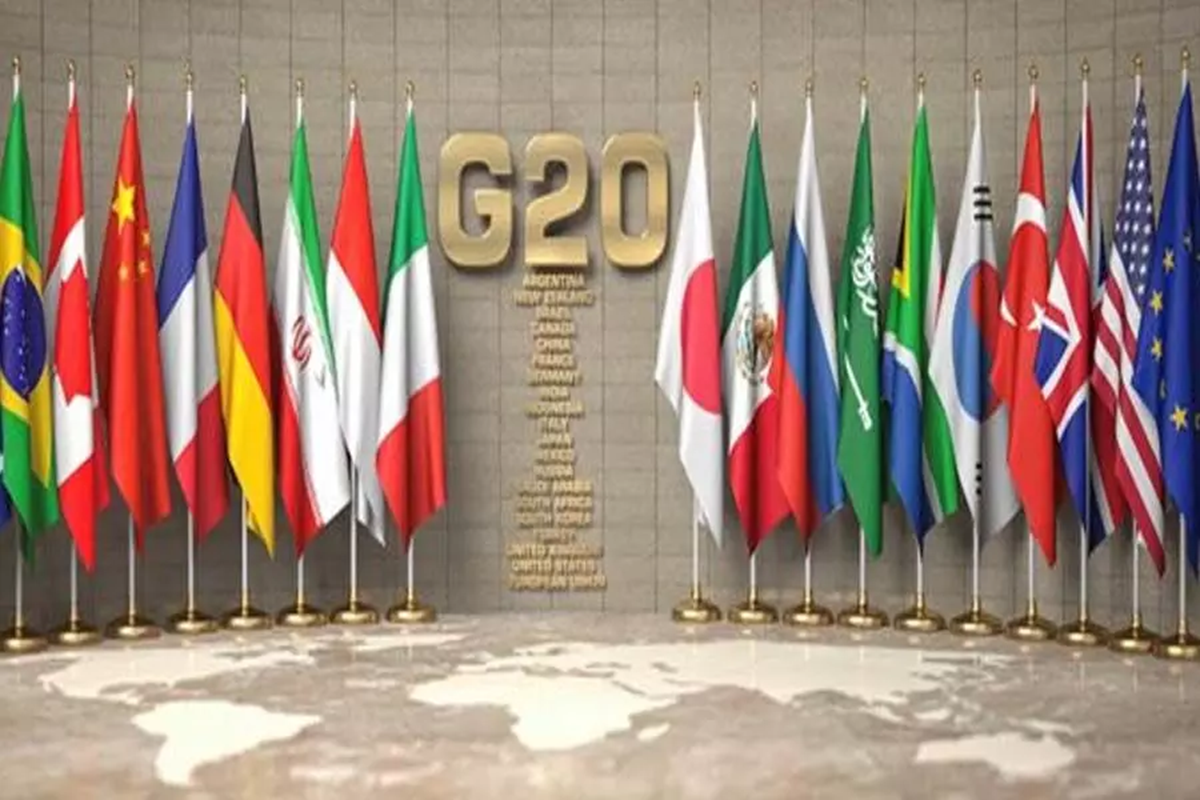
According to SBI Research, India's G-20 presidency will be a golden opportunity for it to correct long-standing anomalies that disadvantage developing countries, particularly in agriculture and food subsidies. India will preside over the G20 from December 1, 2022 to November 30, 2023.
The G20 economies now account for 85% of global GDP, 75% of international trade, and two-thirds of the world population, making it the premier forum for international economic cooperation. Domestic support per farmer in the United States in 2016 reached USD 60,586, while in the United Kingdom it was USD 6,762, which must have increased following the pandemic, according to the report. China's subsidy support was nearly four times that of India.
Subsidies are one of the most critical issues in agriculture. High farm subsidies in developed countries resulted in a significant competitive advantage for their agricultural products in the global market.
"Even if we consider post-pandemic figures, it is barely USD 600 for India." Thus, if we engage in a debate between developed and developing countries, it may be the other way around in terms of agricultural subsidies," it said. Agricultural subsidies that cause trade distortions are prohibited under WTO rules. Subsidies for developed and developing countries are limited to 5% and 10% of agricultural production, respectively.
Discounting the agri-output numbers at 1987 prices (the reference year), the GDP deflator shows that India will need to cut its subsidy by up to 92% from current levels if it is to reach the WTO-mandated targeted subsidy of 10% of agri output! According to the report, "this is thus a theatrical absurdity because it will require India to eliminate all support to the vulnerable segment of the rural economy."
This estimate was developed after taking into account various subsidies provided by the Indian government, such as food, fertilizer, power, irrigation, market intervention and price support schemes, crop insurance, credit interest subsidy, and income support under PM Kisan.
SBI Research believes that the WTO's reference year (1987) is out of date and that the G-33 proposal, which "proposes to use the discount factor as a trimmed 3-year rolling average for each year, based on the preceding five-year period excluding the highest and lowest price," should be followed. According to the report, if India follows the proposed WTO-mandated targeted subsidy mechanism, it will need to reduce its subsidy by 31% from current levels.
"Intriguingly, India performed admirably prior to Covid, as its agricultural subsidy was even lower than the WTO mandated agricultural subsidy during FY18-20." The Covid significantly hampered India's quest because "free foodgrain support for 80 crores vulnerable population was a policy decision that saved the economy from many bruises during the pandemic," according to the report.









